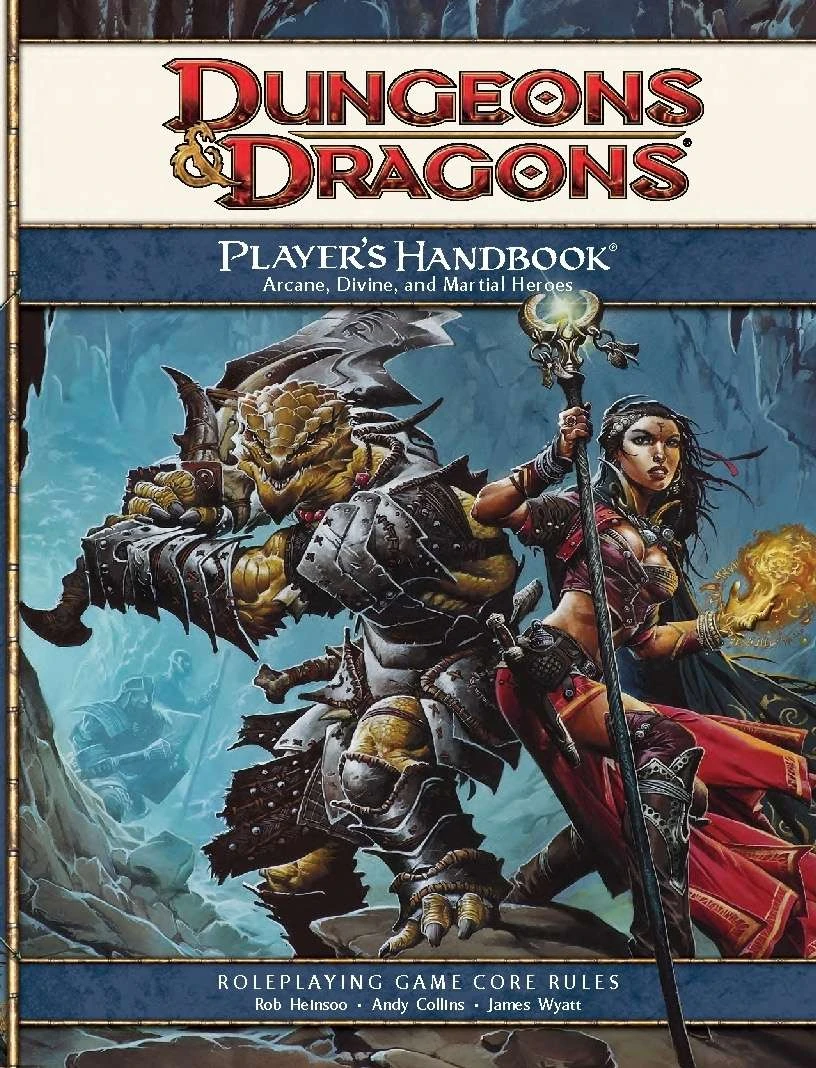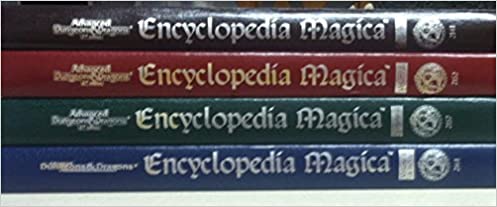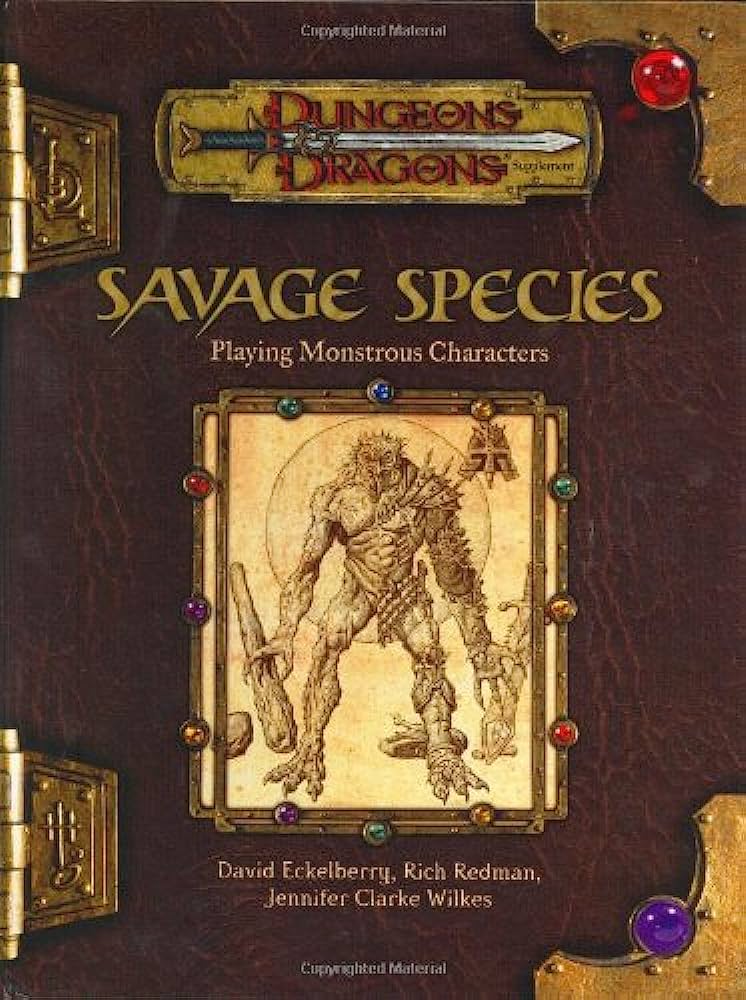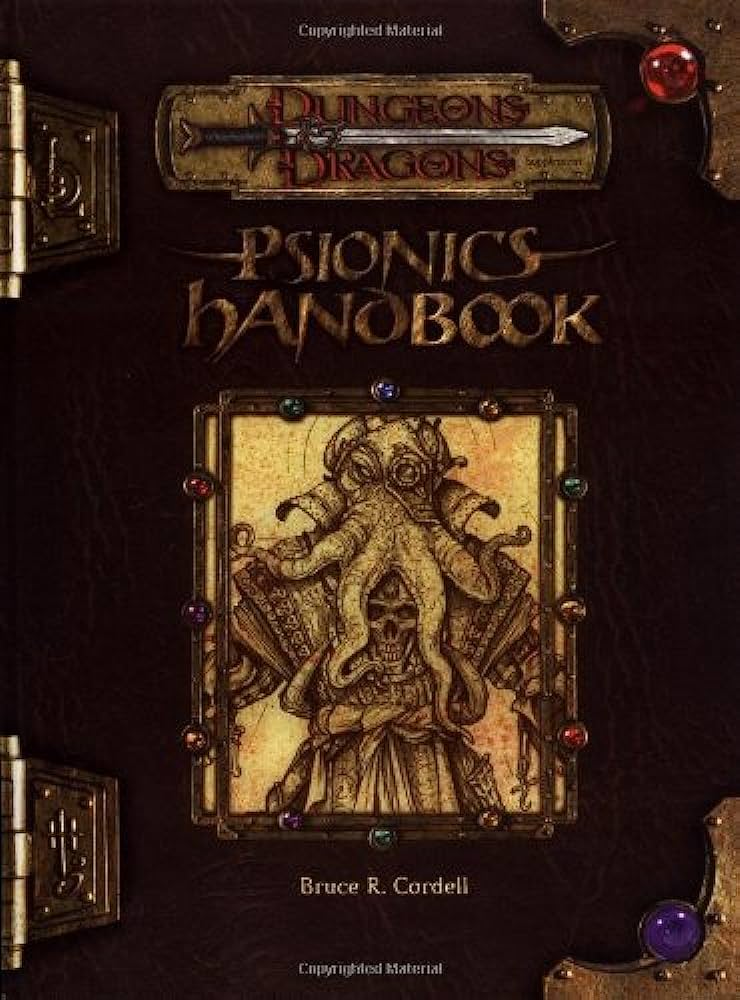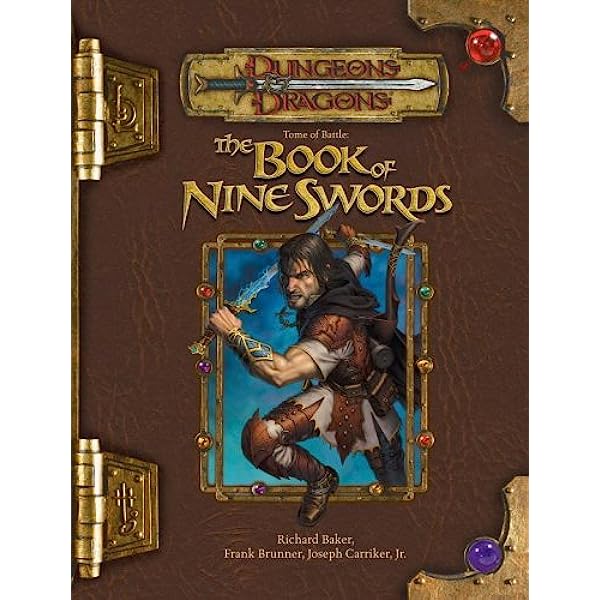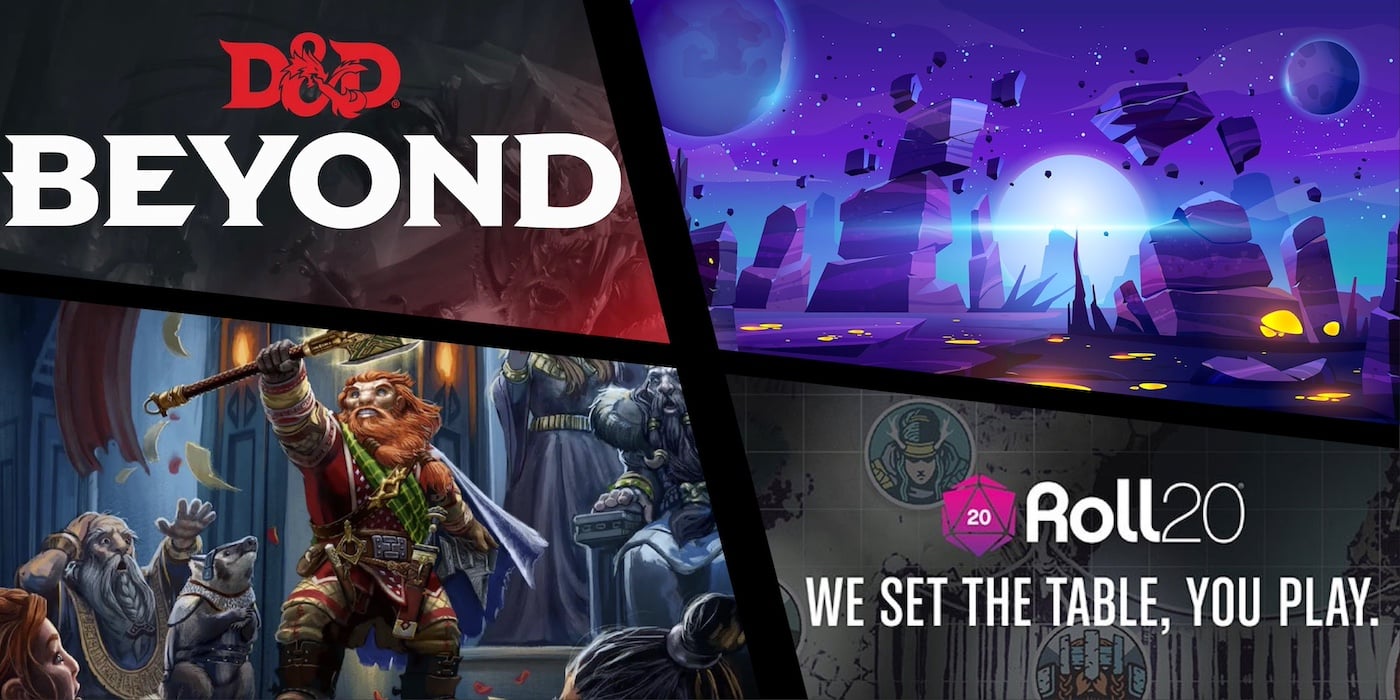D&D: Five Older Edition Books to Scavenge For Your 5E Campaign
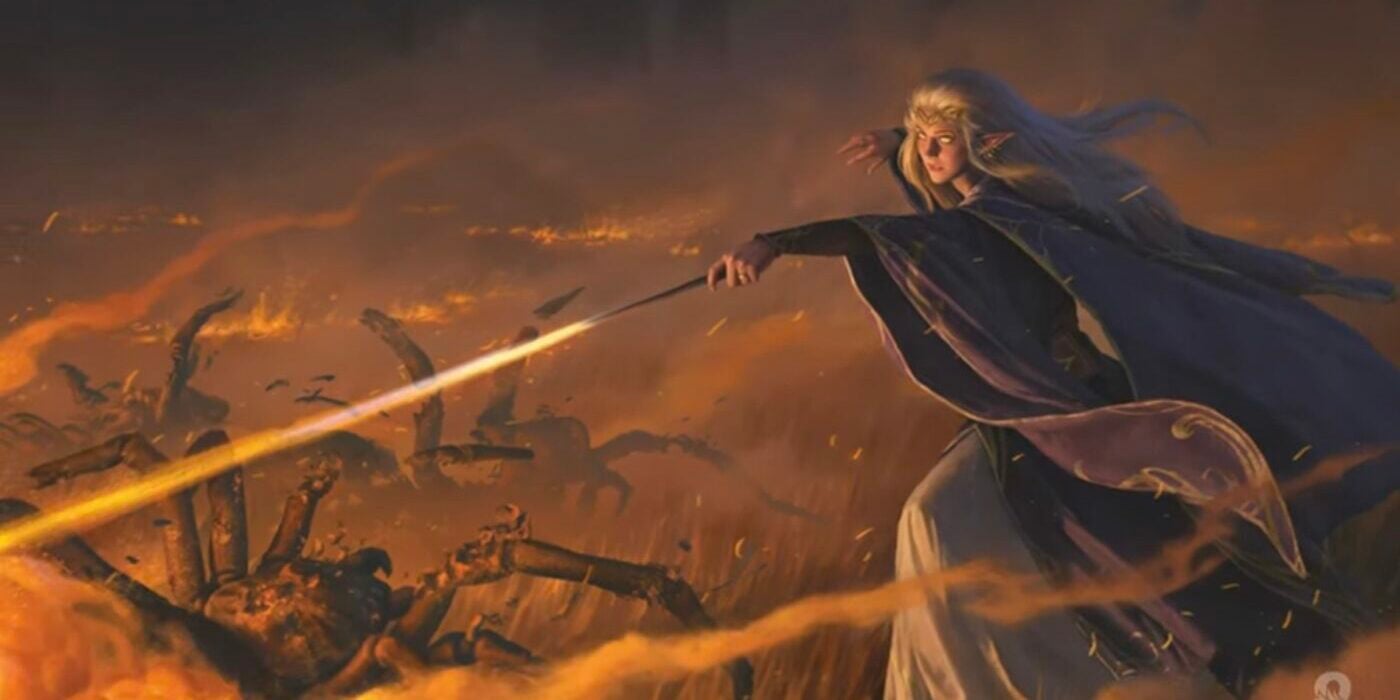
Want to spice up your game? Here’s how D&D’s past can make your future games even better, scavenge from these older editions.
One of the best things about a change in editions is the chance to once again do the Homebrewer’s rite of passage: taking something from an older edition of the game and tinkering with it until you’ve got it in the current one. And while the new 5.5E (or 5.24 as I’ve seen some folks saying) promises to be backward compatible with itself, that’s only going to be for the core stuff in the core book.
There’ll be plenty of subclasses, feats, weird spells, and more to play around with. But even if it all ports over, there’s still plenty of older material to mine. It’s a tale as old as editions. And one that continues apace even today. Here are some older edition books worth scavenging through.
4th Edition Player’s Handbook
First on the list is one of the most impactful books in D&D. Not necessarily because it was universally welcomed. But it did set the course for 5E D&D as we know it. Was it more of a game than the current edition? Yes.
Does that mean there’s no stuff out there, ripe for the harvest? Absolutely not—there’s plenty of stuff folks have tried to port over and you can do the same. Popular candidates include the Warlord, a martial-focused healing/support character, as well as the idea of Paragon Paths and Epic Destinies (sort of extra subclasses that layered on top of your class once you hit 11th and 21st level).
Encyclopedia Magicka
2nd Edition was weird. It was also wonderful. But above all else it was weird. And much of that strangeness was compiled into one set of four books: the Encyclopedia Magicka.
These books contain magic items from all sorts of sources. Official magazine entries. Fan-contributions. Older books of the game converted to 2nd Edition. And magic items are universal enough that it’s pretty easy to take an item and adapt it to whatever ruleset you’re playing with.
So grab an armored bathtub or a magical diaper-changing station and give it a whirl.
Savage Species
You know the natural urge to leaf through the Monster Manual, thinking “I could play one of those”? Well so did everyone in 3rd Edition. And this book was the blueprint for living out those dreams and having them matter.
Unlike the current direction, WotC seems to be taking: you can pick anything as long as it doesn’t, by and large, matter; Savage Species had intricate rules for converting a Monster into a playable class, including leveling up to the maximum of its hit die.
Psionics Handbook
Put Psionics right in the game with the handbook for doing exactly that. Psionics and D&D have always been this sort of weird extra system that sits, layered atop the game in its own sort of independent system.
Which means it’s ripe for harvesting for the current edition. And while 5th Edition turned psionics into a die that you use to play with powers, you can also bring back things like Ego Whip and Id Fortress and all their associated systems to play around with.
Tome of Battle: The Book of Nine Swords
And of course, Tome of Battle: The Book of Nine Swords. This book was one of the last books in 3.5 Edition. And what a book it was. It was a book that gave weapon-wielding characters access to spell-like powers. It was the culmination of 3rd Edition’s design philosophy, resulting in Martial characters with a huge array of options.
You could hurl enemies and make superheroic strikes like something straight out of a wuxia novel. It was very firmly entrenched in the 3.5 ecosystem, but there’s no reason you can’t just look at these powers, 5E-ify them and turn them loose. Bring back the Warblade and Swordsage
Happy homebrewing, and remember, if you break your own game you can always just say “I messed up, this is broken, let me try again”.

